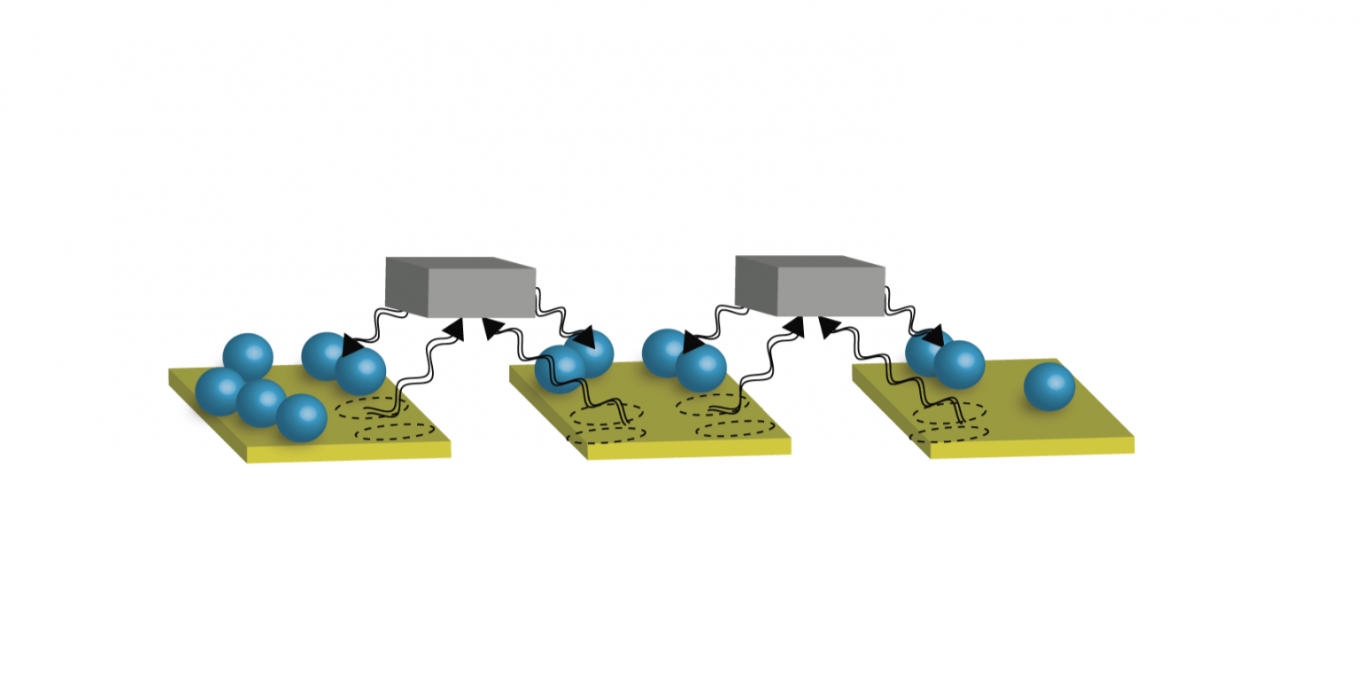
Dissipation induces decoherence in a quantum system which is usually detrimental for quantum state engineering and quantum information processing. However, by engineering dissipation properly, it can actually be a useful resource for preparing exotic quantum strongly-correlated states. Now, in a recent published article in PRL, we show that by placing uncorrelated photons in an engineered dissipative environment, the photons pair up and form photon-pair bound states. Subsequently, the identical photon-pair bound states clump together and form a condensate. This new phase of photons is called “photon-pair condensate”. Unlike the usual superfluid condensates in ultracold atomic systems, the photon-pair condensate exhibit long-range order of photon pair correlation, which is a unique feature of strongly-correlated bosonic systems. Furthermore, motivated by recent advances in superconducting qubit systems, we propose an implementation of dissipative environment in circuit-QED architecture.